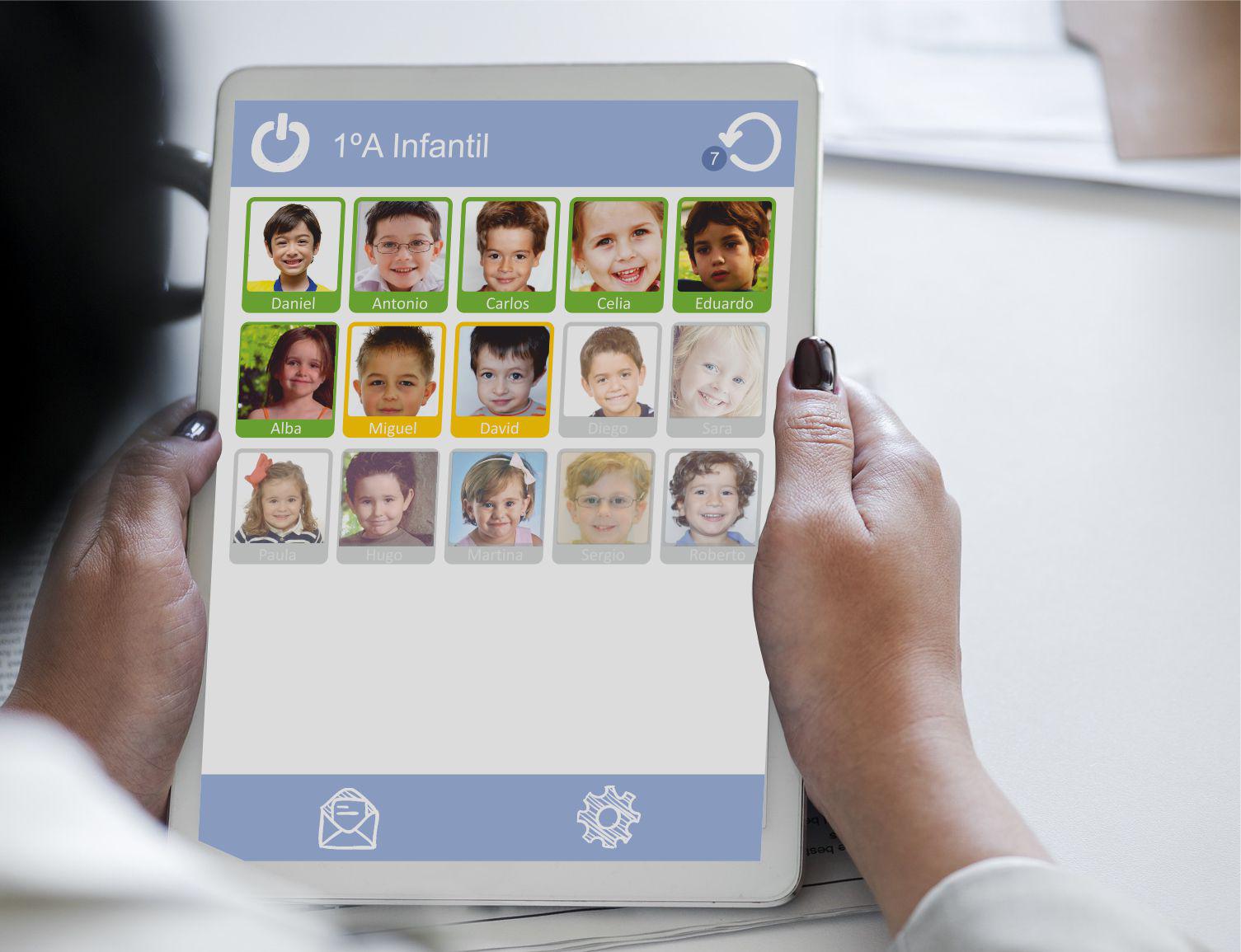R+D+I AREA
R+D+I Area: Research, Development and Innovation
From our R+D+i department, we are developing solutions that add added value to GABITEL’s traditional activities. In this regard, we are committed to new projects with various objectives: improving safety, enhancing productivity, and providing our customers with tools to gain greater control over projects and costs, among others. Here are some of the fields we are working on:
QR Code Identification
Our VIDA QR system allows any user equipped with a mobile phone and a QR code reader application to access a person’s data in emergency or accident situations. This enables both emergency health teams and any bystanders to instantly access vital information that can save a life, such as blood type, medical history, drug allergies, emergency contact numbers, and more.
More info: www.qrvida.com
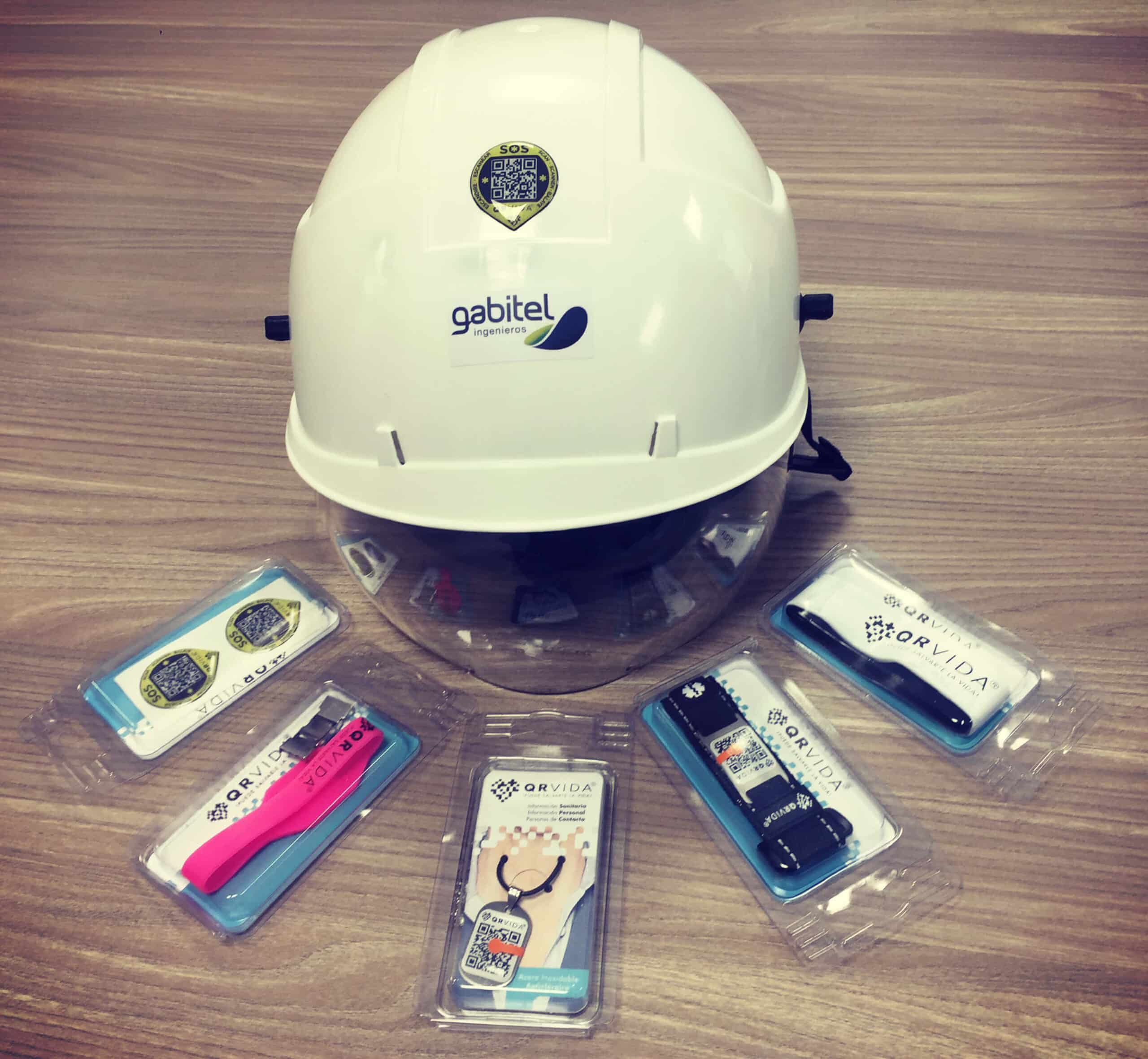
Application of QR Codes and other wireless technologies to the industrial sector
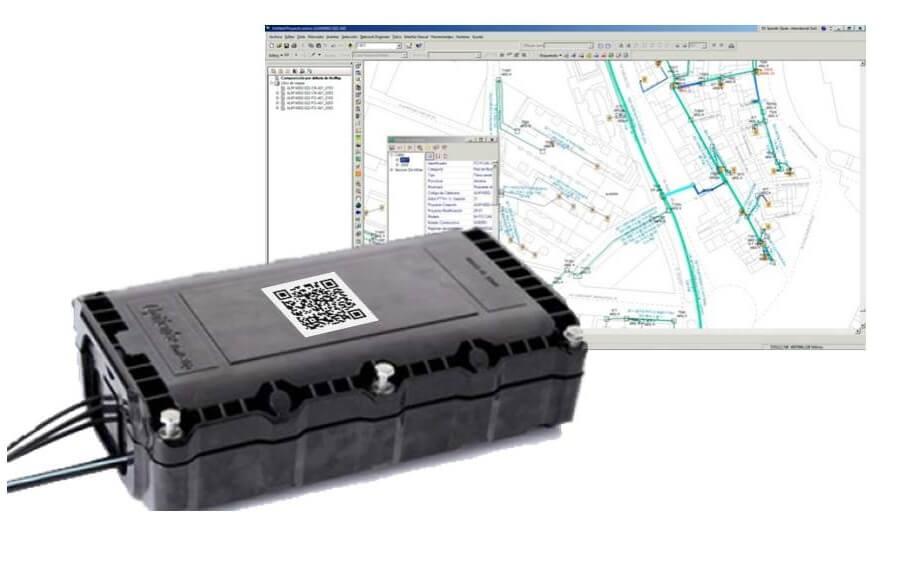
In the industrial field, we are applying QR technology alongside other wireless technologies such as NFC and Bluetooth 4.0 for various applications, including:
- Identification of network elements (linking to GIS platforms)
- Access control to critical centers
- Warehouse management and control
Mobility Solutions
One of our company’s main commitments is the use of mobile applications for projects that require data collection in the field. Currently, we have developed applications for use on tablets and mobile phones for tasks such as:
- Field data collection for FTTH designs
- Inventory of elements
- Energy audits
- Security inspections, and more
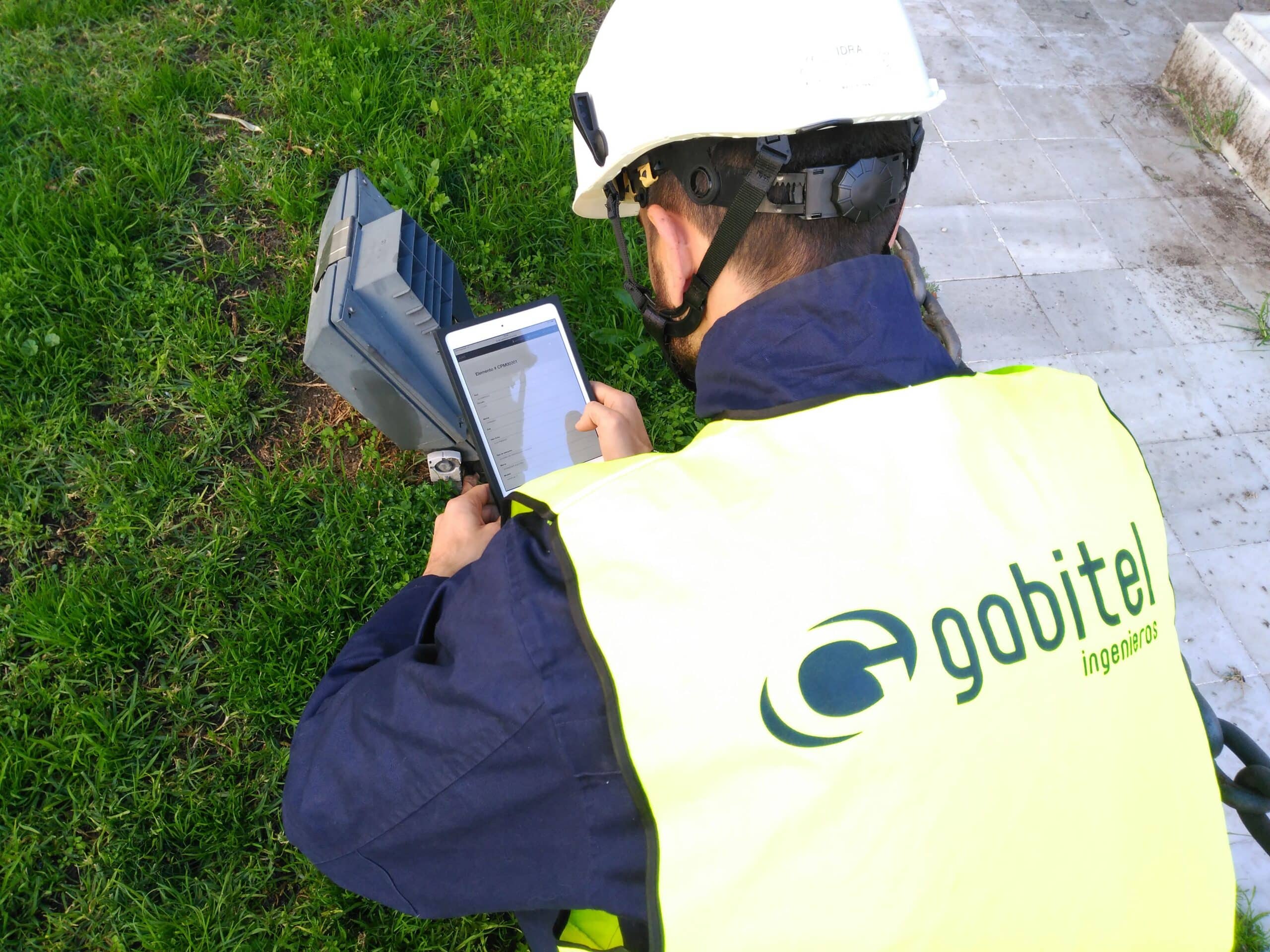
Project monitoring and control
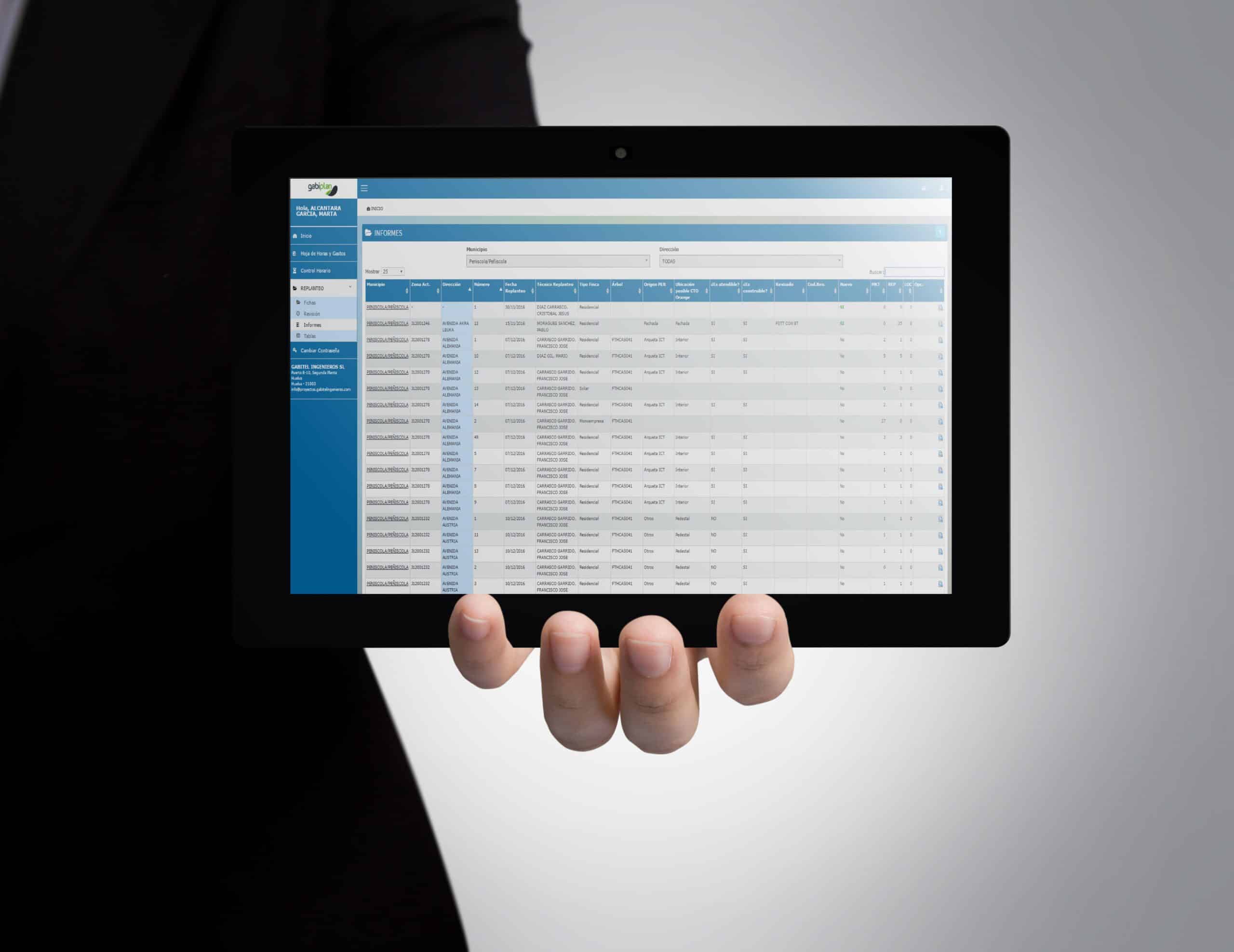
All the projects we develop are accessible to our clients in real time through our GABIPLAN application, allowing them to monitor project status at all times, obtain progress reports, perform financial tracking, and more.
Similarly, with our DOCUAGRO application, we have streamlined the documentary control of environmental requirements for agricultural farms and specific projects.
Social applications.
We develop applications aimed at making citizens’ lives easier by integrating new information and communication technologies into our society.
An example of this is Child Up, the first application designed to manage and enhance security during the collection of minors. This platform, specially created for smartphones and tablets, assists schools in managing responsibilities related to the pickup of students by authorized individuals. Additionally, Child Up addresses three other common school needs: sending and receiving communications and authorizations, implementing a virtual currency, and managing up-to-date health data.
